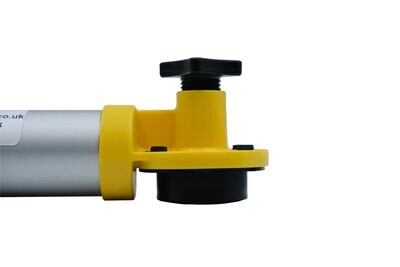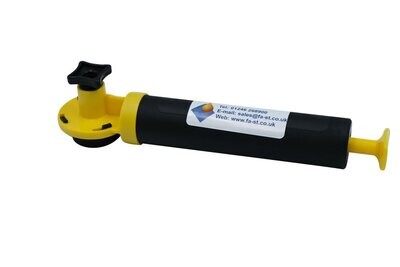Gas Engine Oil Analysis Kit
£38.46
Bulk pricing available for quantities of 3 units or more
Gas Engine Kit
In stock
Buy more, save more
| Quantity | Price per item | Discount |
| 3 items | £36.54 | 5% off |
| 11 items | £34.61 | 10% off |
| 51 items | £32.69 | 15% off |
| 101 items | £30.77 | 20% off |
Product Details
Our Gas Engine Oil Analysis Kit is designed to monitor the condition of oils operating in gas engines. This kit is specifically formulated to identify and quantify wear metals, additives, and environmental contaminants present in the lubricant. It provides a comprehensive report on the health and condition of both the engine and the oil within your system. Additionally, this kit includes free return postage within the UK. International buyers are responsible for the charges on postage back to the UK for analysis.
The Gas Engine Oil Analysis Kit will test you Gas Engine oil for:
Wear Debris
- Elemental Analysis - The elemental analysis provides a breakdown of potential wear metals that are in the oil. This will allow a determination to be made to see if any additional wear is occurring to components.
- FW Index - This test will measure the amount of ferrous material is in the system regardless of size.
Contamination Analysis
- Water K.Fisher - This will detect whether there is any free or emulsified water in your oil.
- Elemental Analysis - The elemental analysis is done to detect whether there is the presents of Boron, Silicon or Sodium
- IR Soot - This tests for the soot levels produced from incomplete combustion of the fuel.
Chemical Analysis
- Oil Viscosity - Ensuring that the oil used in system is correct is vital to ensure the oil is preforming to the required standard.
- Fuel Volume - Should the viscosity results be shown low then a fuel volume test will be carried out to determine whether any fuel is getting into the oil.
- Elemental Analysis - The elemental analysis will be able to detect the additive level and whether the additive pack has become depleted.
- IR Oxidation - T his monitors the oxidation on the oil, due to the working temperature oil can react with oxygen causing oil viscosity to quickly increase.
- IR Sulfation - The process of burning diesel fuel leaves behind sulphur oxides and water that readily combine to make sulphur based acids. The IR Sulfation monitors these levels to ensure the acid does not attack the engine oil.
- IR Nitration - Like Sulfation, Nitration is the reaction of the oil with combustion by-products of nitrogen.
- TAN - Total Acid Number - TAN oil testing is used to find out the amount of acidic components present within the oil, i.e. the acidic concentration.
- TBN - Total Base Number - TBN determines how effective the battle will be against any acids formed during the combustion process. A higher TBN means the oil has more reserve alkalinity available which can be used to reduce the corrosive effects of acids. A low TBN can also reduce the detergency of an oil and can therefore lead to fouling within the crankcase.
Save this product for later
Gas Engine Oil Analysis Kit
You May Also Like
Display prices in:
GBP












